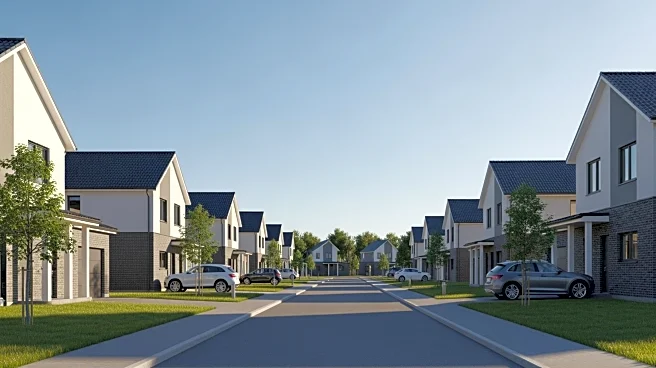What's Happening?
A recent analysis of cross-market demand data from Realtor.com reveals that Seattle residents are showing the highest interest in purchasing homes in Yakima, Washington. The data, which covers the third quarter of 2025, indicates that 34.2% of online
views for Yakima properties come from Seattle. This trend is part of a broader pattern where people from various metropolitan areas are considering moves to Yakima, driven by the ongoing scarcity of homes on the market nationwide. Other cities with significant interest include Los Angeles, with an 11.6% view share, and Kennewick, Washington, at 5.6%. The report highlights the continued reliance on online platforms for house hunting, with 97% of homebuyers using these tools according to a 2021 National Association of Realtors report.
Why It's Important?
The increased interest in Yakima from larger metropolitan areas like Seattle and Los Angeles underscores the shifting dynamics in the U.S. housing market. As home prices remain elevated due to limited inventory, potential buyers are exploring more affordable and less congested areas. This trend could lead to economic growth in Yakima, as new residents bring demand for local services and contribute to the community. However, it also raises concerns about potential gentrification and the impact on existing residents who may face rising property values and living costs. The movement of people from high-cost areas to more affordable regions reflects broader economic and social shifts, including remote work flexibility and the search for a better quality of life.
What's Next?
As interest in Yakima continues to grow, local policymakers and community leaders may need to address the potential challenges of increased demand, such as housing affordability and infrastructure development. Real estate developers might see opportunities to invest in new housing projects to accommodate the influx of new residents. Additionally, the trend could prompt other mid-sized cities to market themselves as attractive alternatives to larger, more expensive urban centers. Monitoring these developments will be crucial for stakeholders aiming to balance growth with community needs.














